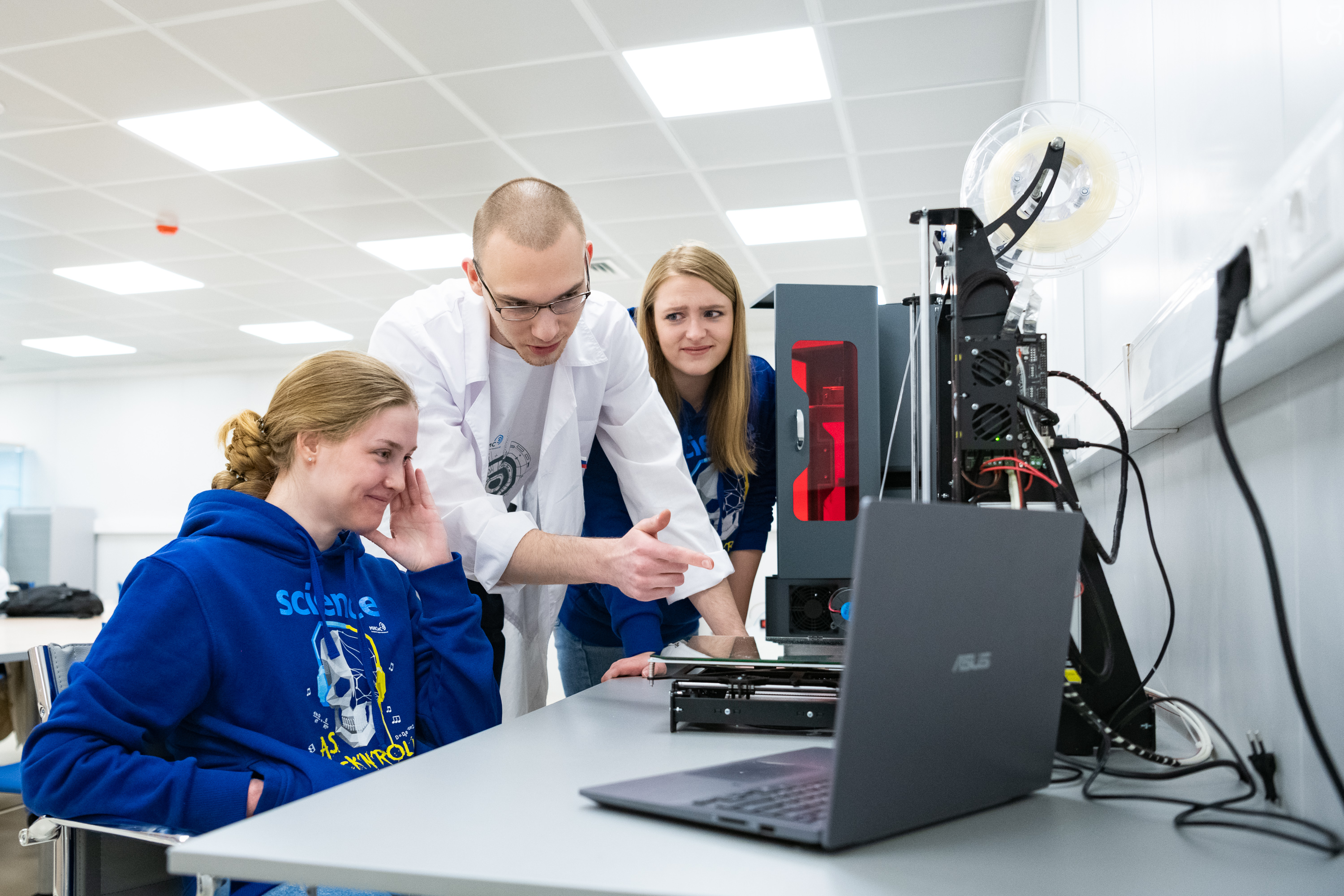Researchers from the National University of Science and Technology “MISiS” (NUST MISIS) together with fellow Russian scientists have succeeded in perfecting a basic medical material with a shape memory effect. According to the authors, their development could greatly assist surgeons' work and improve the quality of surgery.
Polylactide is a polymer used in surgery for suture fixation and other auxiliary tasks. Characterised by high biocompatibility and total biodegradability, it is composed of lactic acid molecules, which play an important role in metabolism. It is produced from low-cost plant material with high sugar content.
Polylactide demonstrates a distinctive shape memory effect (SME): after deformation, it can quickly return to its original state. This makes the polymer optimally suited for the development of “self-fitting” implants, the scientists at NUST MISIS said. Such implants are used to treat defects in bones that do not carry a support load.
The use of such implants will avoid time-consuming adjustment to the injured area, which will greatly facilitate the surgeon's work and reduce surgical time, the scientists explained. A product with the required shape can be shrunk to a comfortable size and placed on the site of the defect and then heated, allowing the SME implant to take the desired position itself.
According to scientists, polylactide has only one notable disadvantage. The operating temperature at which the shape memory effect is activated (55-65 °C) is too high to work with human tissues. Researchers at NUST MISIS have developed a new polymer composite based on polylactide that takes the old shape already at 45 °C, which is quite acceptable for short-term exposure to the body.
“Research on self-fitting implants is predominantly performed on inert polymers, achieving the desired SME activation temperature by chemically cross-linking the polymers and adding additional components. The peculiarity of our work is that we only used biocompatible biodegradable polymers, achieving temperature reduction through simple physical mechanisms. This ensures a reduction not only in temperature, but also in activation energy”, Polina Zhukova, an engineer of the NUST MISIS research project, explained.
The new material is a matrix of polylactide with spherical inclusions of another polymer, polycaprolactone. The material is produced by extrusion, in other words by mechanical mixing in a hot chamber. The researchers at NUST MISIS have fully described the SME parameters, thermal and mechanical characteristics of the new composite. Their study was published in the Polymers journal. (https://www.mdpi.com/2073-4360/13/14/2367/htm)
The work was carried out with the participation of scientists from the Kosygin State University of Russia. In the future, the research team plans to improve the regenerative properties of the material by adding special bioactive ceramics, as well as develop new non-temperature methods of activating the shape memory effect.
